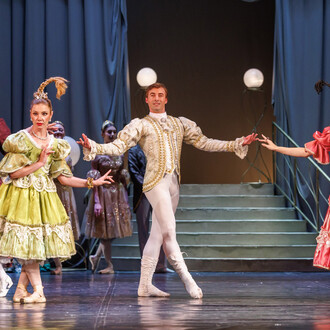A horizon animated by a barely noticeable stream; a field of dehydrated xerophile; a cluster of nervous gerrids; a larva squirming for its own fate. Five static shots show as many subjects and their interaction with the liquid matter. Videos, reproduced on monitor and foldable smartphone, display macro-frames on which details are taken out of context and expanded until they reach an unnatural abstraction.
These loops lose themself in an undefined space-time, an invitation to contemplate organic forms brought together by their relationship with the surface of the water. This surface tension is one of many key topics of Marina Cavadini’s exhibition.
The solo’s title, Eat me, encloses in this ambiguous invitation a state of sensual anticipation, pushing us to rethink the subject from the physical intimacy’s perspective. By expressing its desire to be devoured, the show urges us to regain the deepest connection with the images; winding through a series of antechambers, it lures us into its own hot center.
The six gallery spaces host a diverse production in terms of form, but coalesces by presenting itself like a continuum that breaks the usual frontality of the interaction with the subject.
An oyster’s photograph, with a plastic pose, welcomes us in the first room. An engraving on plexiglass, where shiny and matte reveal another metaphysical detail, awaits us in the second one. And again, a series of glazed potteries, sensual and repellent at the same time. Portions of metallic leather that boil from the inside, recall the reflection of the gallery’s screens as much as the futuristic gloves that will trigger them. In this way, light rebounds from a shiny surface to another, gradually dyeing red as we approach the core: a continuous line shapes the word wet, alluding to body secretions in the form of a scorching neon, while breakcore frequencies melt us with the surroundings.
A cornerstone in the artist’s practice, pleasure becomes a tool to regain that sensorial proximity that is numbed by the digitalization of the daily experience. It’s production of images and sounds entices contact and concentration, to look closely until being able to touch without permission. It draws us toward the source, and then allows the abandonment, like moths seduced by light.
(Text by Zoë De Luca)














